Do you ever sit back, look at your traffic in Google Analytics, and wonder:
“Wait a minute. Where’s this traffic coming from?”
If you were using UTM parameters, you’d never have to leave that question up to guesswork.
In this post, we’ll be tackling UTM parameters and how they can help with your traffic attribution.
More specifically, we’ll look at:
- What is traffic attribution
- What UTM parameters are
- 3 UTM parameter best practices
- How to get the most from UTMs with MonsterInsights
By the end of this article, you won’t ever have to second guess your traffic sources again.
Let’s get started.
What Is Traffic Attribution?
Traffic attribution is understanding the source of where your site’s traffic comes from. Knowing which sources drive traffic to your website is invaluable for optimizing your marketing strategy.
Traffic attribution is the key to getting more conversions for many reasons. But here are the 2 most important ones. Traffic attribution:
- Helps you connect more deeply with your audience
- Gives you valuable metrics to calculate things like cost-per-click (CPC), return on ad investment (ROAS), cost-per-acquisition (CPA), and much more
First, understanding where your audience came from lets you connect with them on a more personal level.
In the past, we’ve written about the best ways to personalize your optins to get higher conversions. As you can imagine, linking custom campaigns to the source of your traffic can play a huge role in this personalization.
Imagine the ability to tailor the language of your optin campaigns to the traffic source that brought them in the first place.
If someone reaches your site via Instagram, for example, you could show them a campaign like this one:
Then you could set up a similar campaign for visitors coming from Facebook:
By personalizing subtle aspects of your optin campaigns, you can improve user experience (UX) and simultaneously boost conversions.
At the end of this article, we’ll dive further into campaign personalization for referral sources.
But beyond deepening the relationship with your site’s visitors, traffic attribution is valuable for tracking the source of conversions.
Imagine a scenario where you’re driving both paid and organic traffic. And from those 2 strategies, you convert 50 new customers each month.
At face value, that information doesn’t do anything for you.
You could be getting 45 customers from paid ads and 5 from organic searches. Or the reverse could be true: if your SEO game is good, you could be getting loads of organic traffic and waste money on paid ads every month.
The point is that traffic attribution helps you make a more accurate budget of your time, money, and resources. Without it, you’ll never have a clear idea of how to get the most conversions from your site.
Ok, so you’re convinced. Traffic attribution is awesome.
But now what?
Let’s turn our attention to the tool you can use to track which sources are driving the most traffic to your business.
What Are UTM Parameters?
Urchin Tracking Modules (UTMs) are a set of 5 parameters you can use to make any URL uniquely trackable. Those 5 parameters are:
- Source
- Medium
- Campaign
- Term
- Content
The first 3 parameters are required, and the last 2 are optional to build even more custom UTM parameters.
Originally, UTMs were created by a company called Urchin Software. But when Google saw the potential for UTM parameters, they quickly acquired Urchin Software to build Google Analytics (GA).
Most marketers use GA in their day-to-day lives. But many don’t consistently track links with a UTM, attribution rates suffer (both traffic and conversion), and new marketers are left feeling stuck.
That’s a mistake.
Because UTMs are the most accurate way of tracking your marketing efforts.
Here’s how they work:
With Google’s free tool, Campaign URL Builder, anyone can create a custom UTM.
Then you simply insert the URL of whichever page you’re driving traffic to:
As we mentioned at the beginning of this section, 3 of your UTM parameters are required:
- Source: to track where your traffic originates (like a Google Ads or a Facebook post)
- Medium: to track the overall marketing campaign for the source (like social media, cost-per-click (CPC) or email campaign)
- Name: to assign an identity to your campaign so you can find it more easily in Google Analytics later
Filling out all this information would look something like this:
Here, we’re tracking how many people are visiting a site from:
- A specific newsletter
- In an email campaign
- For a spring promotion
Campaign URL Builder will now generate a unique URL for the campaign:
We can then embed this URL in our newsletter’s call to action:
Our UTM code is embedded in the anchor text Click here:
Now we’ll know exactly how many people came to a specific page on our website from clicking the link in this newsletter.
Again, this is the only way to efficiently improve your marketing strategy.
Once you know where your visitors come from, you can personalize your communication and prevent wasted time, money, and resources on campaigns that produce little traffic.
If you want to get even more targeted with your UTM parameters, Campaign URL Builders allows you to do that. You can add the following 2 parameters to your uniquely trackable URL:
- Term: to track keywords in paid ads
- Content: to differentiate between similar types of content, particularly in A/B testing
To be honest, though, these are more advanced parameters that the majority of marketers don’t rely on. That’s particularly true of the UTM Term.
Nonetheless, if you’re looking to be as specific in your campaign tracking as possible, those options exist to help you out.
In a moment, we’re going to look at how you can use UTM parameters to get the most from your tracking software.
But first, let’s make something clear: when working with analytics, especially from Google, UTM parameter best practices are crucial to know.
If you don’t set up your UTMs in a way that Google Analytics understands, all of your efforts will be wasted.
So here are 3 UTM best practices to help you create a more accurate data-tracking system.
3 UTM Best Practices
A lot of great marketers are very creative. They’re either great with words, video, or design. Maybe even all of the above.
The downside is that creative personalities can be disorganized.
But when it comes to using UTM parameters to track your traffic attribution, organization is key. By following these 3 UTM parameter best practices, you can set up a system within your team to get the most from your tracking efforts.
1. Be Specific With Your Campaign Labels
As you’re coming up with labels for your UTMs, be as specific as possible with each parameter.
Let’s say, for example, you want to track how many visitors come to your blog post from an Instagram post. That way, you can personalize your landing page to your audience who use Instagram.
Some marketers make the mistake of labeling their Source as ‘social media.’
This parameter label is too vague. After all, social media could be Facebook, Twitter, LinkedIn, or any other social media platform you use for your business.
Remember, the goal of UTMs is to provide you with exact data on where your traffic is coming from. It can only do that if you set up your UTMs with highly specific labels.
In the example above, you would want to mark the Source as ‘instagram.’ That way, you know exactly which platform brought traffic from that campaign.
2. Stay Consistent in Your Label Names
You need to develop consistency with your label names. This is particularly important if you’re part of a marketing team.
If you’re tracking a campaign with the Source as “Facebook,” and your colleague does the same with the Source labeled as “facebook,” the two will be tracked differently.
Set up some teamwide rules for creating UTMs, including things like:
- Capitalization
- Use of spaces
- Adding hyphens
- Whether or not to add numbers, like the year
And so on.
The easiest way to approach this is to strip away grammar rules altogether for UTM parameters. Meaning no capitalization and hyphens instead of spaces.
Whichever system you choose to build, be sure your team is in agreement. Otherwise, you’ll end up with 5 different UTM URLs for the same campaign. 🤦♀️
3. Set up Goals to Track Revenue
This is the last area that marketers tend to get lazy with. Using UTMs for traffic attribution is great.
You know what’s even better? Using that data to calculate how that traffic is turning into revenue.
For that, you have 3 options:
- Hook up your UTM links to your customer relationship management software (CRM)
- Create goals in Google Analytics
- Let MonsterInsights create and track goals automatically
Most modern CRMs will help you track your UTM links and calculate a conversion attribution rate. These types of automated marketing tools can be huge time savers.
But they can also be expensive.
You can use Google Analytics to set up custom reports absolutely free. The only problem is that most marketers are intimidated by this.
Creating goals in Google Analytics can be tedious, time-consuming, and confusing if you’re not a data-driven marketer.
Fortunately, we have an article on how to track conversions with Google Analytics. This in-depth resource will simplify the process for you.
Then there’s option #3: using MonsterInsights to automate and streamline the entire process.
Let’s look at how easy MonsterInsights makes UTM campaign tracking for you.
Getting the Most From UTMs With MonsterInsights
Sometimes it can be tough to stay organized. Considering all the campaigns you have with your marketing team, coordination can feel overwhelming.
That’s why we highly recommend working with MonsterInsights.
MonsterInsights is the world’s #1 WordPress plugin for Google Analytics. It has all the metrics you need to build a more strategic marketing plan.
There’s even an overview report so you can quickly get the essential information you need every day:
But it’s MonsterInsight’s campaign builder that simplifies your life when it comes to UTMs. They use a URL builder exactly like Google’s Campaign URL Builder.
The only difference is that everything is kept in the same place, and all the data automatically goes conveniently into your Google Analytics account.
So you can build a custom UTM with Source, Medium, Name, Term, and Content parameters directly in MonsterInsights.
Then you can head over to your Google Analytics account and go to Acquisition » Campaigns » All Campaigns.
This will show you all the campaigns you’ve built with MonsterInsights in an organized way:
Here’s the best part though: MonsterInsights also creates and tracks goals for your campaigns.
With the MonsterInsights eCommerce Tracking addon, you get details on how your traffic is interacting with your site.
That includes key metrics such as:
- Conversion rate
- Transaction
- Revenue
- Top-performing products
- Average order value
And more.
What’s most important for our purposes today, though, is that you can see the referral information for each of your referral sources.
In other words, you’ll see exactly how much money is coming from each of your UTMs built with MonsterInsights.
More than other analytics tools, MonsterInsights gives you the metrics you need to make smarter marketing decisions. Relying on data from UTMs, content marketing can become a refined, highly profitable system in your business.
The One Thing Most Marketers Forget About UTMs
A lot of new marketers make the mistake of forgetting why they’re setting up UTMs in the first place:
To build a better marketing strategy that converts traffic.
In other words, knowing exactly where your traffic is coming from is just the means to an end. Your overall goal is to use that data to increase your conversion rate.
That’s where OptinMonster comes in:
With OptinMonster, you can take the extra data you get from UTMs and customize your optin campaigns.
Plus, you can target campaigns to your site’s visitors based on:
- Location
- Device
- URL path
- Referrers
And much more.
It’s that last one, referral targeting, that is most relevant to UTMs. Once you know specifically where your traffic is coming from, you can set up different campaigns to show for various sources.
Want more information? You can read about referrer detection here.
We hope that you learned a lot from this post. UTMs are one of the most underrated (or, at least underused) tools in marketing.
If you found this article helpful, feel free to share it with someone in your network.
Or, you can let us know about how UTMs help your marketing strategy by connecting with us on Facebook, Twitter, or in the comment section below.
You can also head over to our YouTube channel. We’ve got loads of other videos available to help you with driving traffic, boosting conversions, and increasing your sales.
Ready to get started targeting your visitors based on their referral source? We thought you might be…
So head over and join the OptinMonster family today at ZERO RISK with our 14-day money-back guarantee.



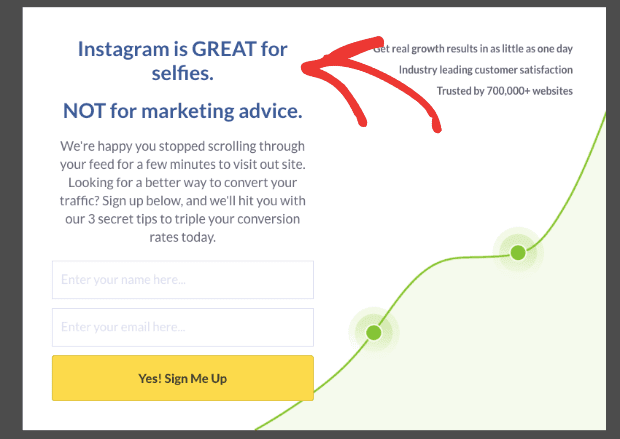


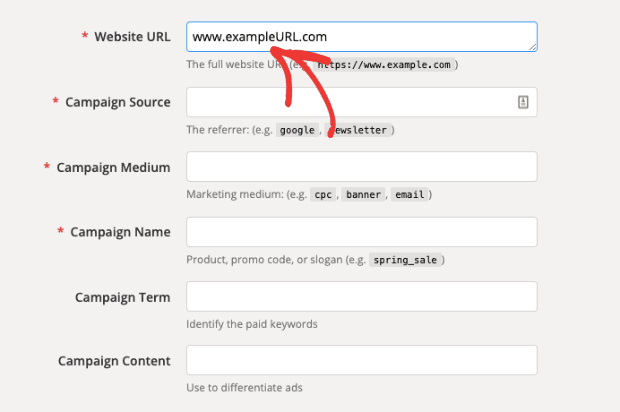
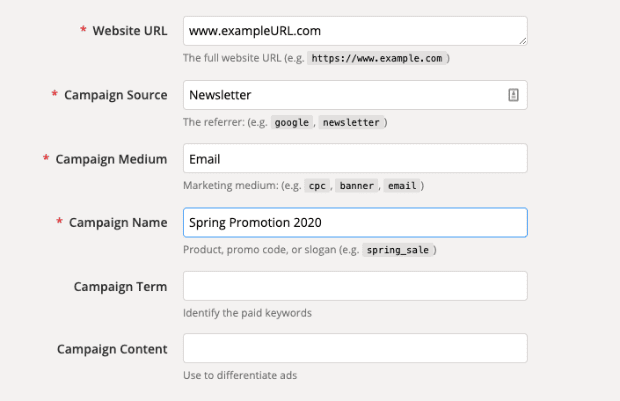
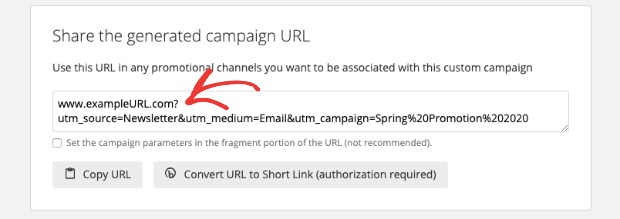
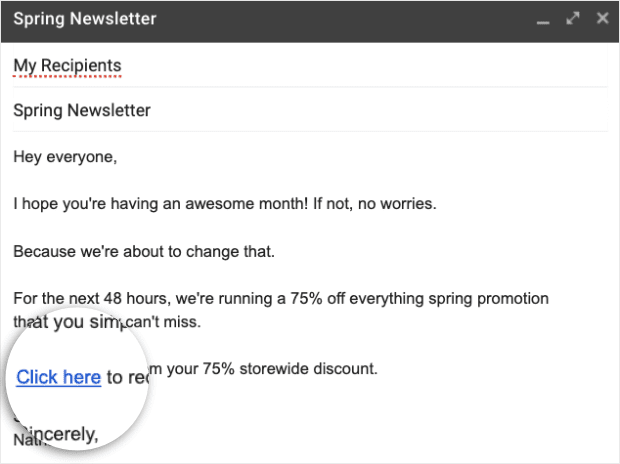
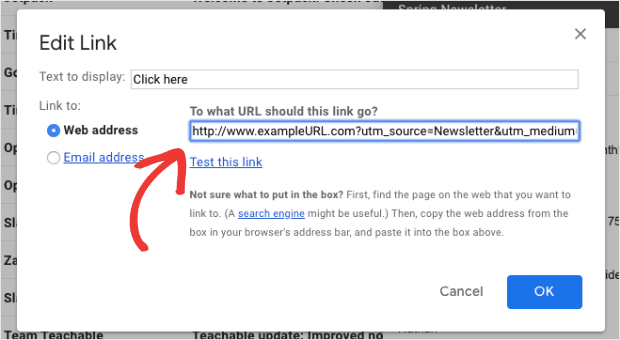

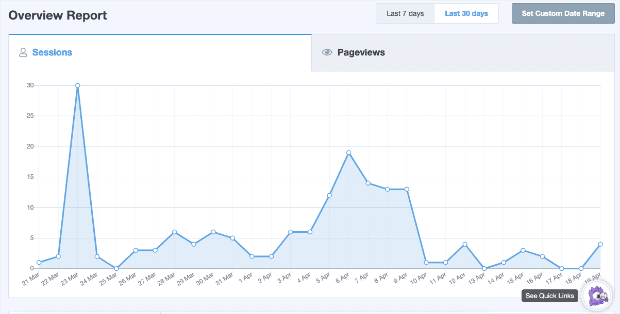
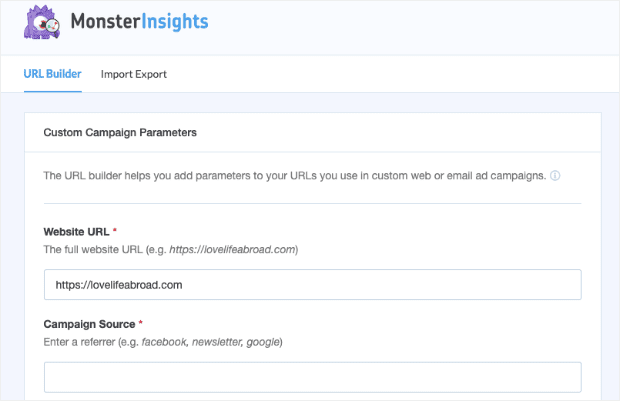
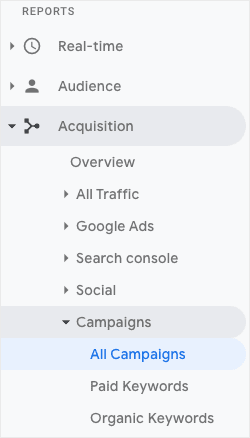
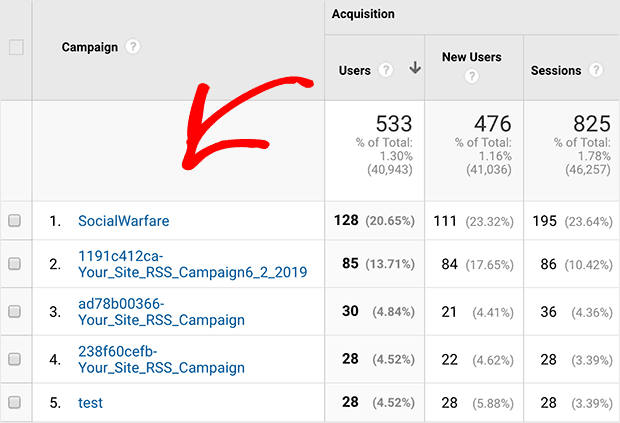

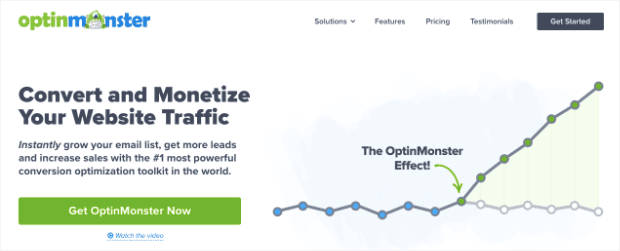








Add a Comment